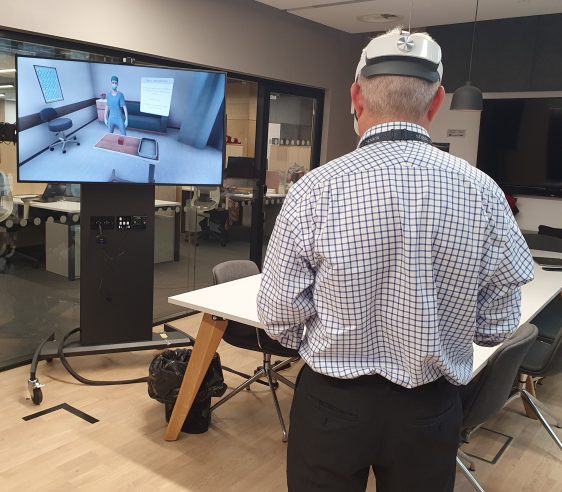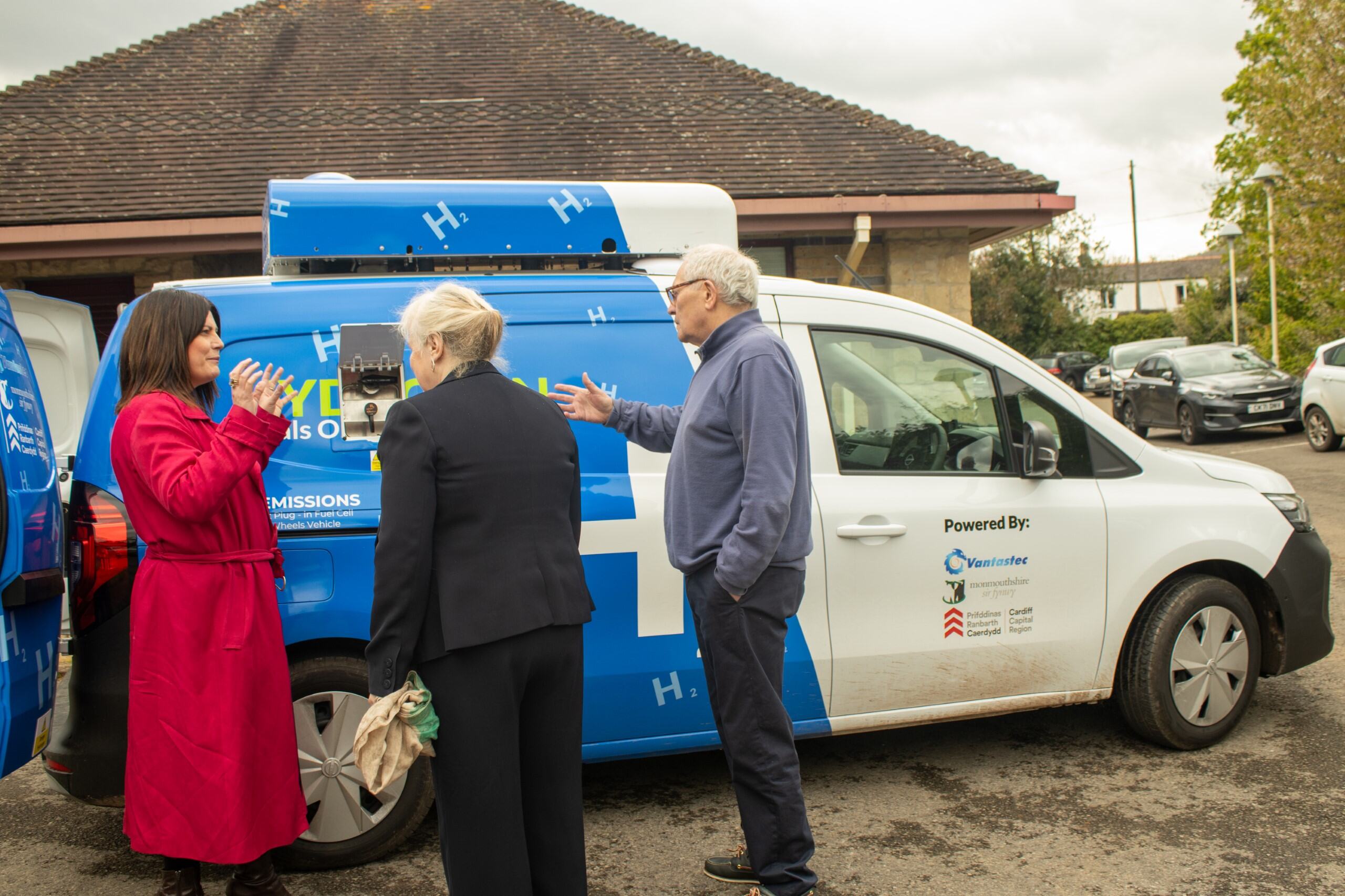Putting a mission approach into practice: some insights from Wales
1 October 2024
The election of Keir Starmer’s Labour Party in July has brought renewed focus on the potential of organising government policies and activities around specific missions. Here, Prof. Rick Delbridge and Prof. Kevin Morgan, Co-Convenors of the Centre for Innovation Policy Research at Cardiff University, provide some insights.
Mission driven
The new government has committed to being ‘mission-driven’ with activity centered on five areas: growth, the NHS, clean energy, safer streets and opportunity. There have been some initial indications of how government will be organized to seek to deliver in these areas but the detail of the what and how of mission-driven government is yet to be revealed.
That said, the concept of missions has been subject to considerable debate. There is a consensus that missions are founded on disruptively ambitious objectives, require a long-term and adaptable approach, draw on an inter-disciplinary range of expertise and need to be enacted across government, industry and civic society. In themselves, these characteristics represent a significant divergence from conventional government approaches.
As the Institute for Government has noted, ‘Traditional policy development can involve fully designing a policy from the centre of government in a single department with little wider involvement from other levels of government or stakeholders. There can also be a separation between those designing a policy, and those responsible for delivering it’. With Labour’s election, there is now heightened interest in how it will put its commitment to missions into practice.
In a recent report by the Institute for Government and Nesta it is argued that these missions should form ‘the ultimate purpose of the government, and the story it aims to tell by the end of the parliament’ and that ‘to succeed, government will need to adopt three key roles: driving public service innovation, shaping markets and harnessing collective intelligence to improve decision making’.
A regional approach
Discussion of the mission approach has been primarily at the conceptual level and heavily centred on its rhetorical potential, but there are examples of where this approach has been put into practice and the lessons that may be learned have been documented. One such example is in the Cardiff Capital Region (CCR).
CCR was established in a £1.28 billion City Deal in 2013. The CCR comprises ten local authority partners across South East Wales. Its objectives are those associated with all the UK’s city deals – GVA uplift, additional investment and jobs – but from the outset, the CCR has been distinctive in its approach, seeking to combine economic and social objectives and to create an ‘evergreen’ element to its investments. CCR’s approach to innovation is capacious in scope, embracing social innovation and recognizing the potential in the public sector and wider foundational economy as well as more conventional initiatives in technology-led clusters, most notably compound semi- conductors.
As Chief Executive, Kellie Beirne, has observed, “In CCR we invest in [the] ability of public sector to create/shape markets, to be a co-investor and take risk for reward”. In these regards, the CCR has foreshadowed the approach advocated by the IfG and Nesta.

CCR’s Challenge Fund (CCR CF) is a partnership between the Cardiff Capital Region and Cardiff University, to design and deliver a missions approach to addressing societal challenges. Launched in 2020, the Challenge Fund (CF) was an experiment in the application of a challenge or mission-led approach to innovation at a regional level. It brings together public sector ‘challenge holders’ (those with the problem to solve) and innovators with ideas that might be developed into solutions.
To date CCR CF has supported eight challenges, with a total commitment of over £5.5M in awards to challenge holders. Some challenges have not yet reached their conclusion, and benefits are expected to accrue over time, so it remains early in terms of recording outcomes.
However, taking the Challenge Fund together with its capacity building sister programme, Infuse, the evidence gathered to date suggests that over 80 jobs have been created or safeguarded, over £3M of private sector investment and £2.4M of public sector funding has been leveraged, plus over £1M of additional value has been created across 40 new collaborations.
As the academic partners working with the CCR, we have been researching the process of designing and delivering a missions approach at this regional level and there are a number of key findings that are of potential value when considering how mission-driven government may be delivered.
The first is the value of taking a place-based approach to developing smaller-scale ‘micro-missions’. While missions have generally been conceived at a grand scale and as addressing global challenges, our experience with the CCR CF has demonstrated that policy makers are able to harness micro-missions to address challenges that are meaningful for local areas and their citizens. To do so successfully requires local knowledge in addressing localised challenges, thereby creating space for a greater degree of local input and garnering support for mission activities. This can be valuable in turning disruptively abstract but indistinct missions into something tangible and at a granular scale for local actors. A key question then becomes how place-based local activity can be scaled.
Partnering on challenges
Our experiences have shown the contribution that universities can make to the delivery of a missions approach, both in terms of the expertise that may be brought to bear on a challenge but also as convening actors in the region, promoting collaboration and providing ‘safe spaces’ for debate and experimentation. This represents a significant divergence from conventional conceptions of the university and traditional objectives for research and commercial exploitation. Nonetheless, such activity seems important to the long-term vitality of a region and would appear increasingly consistent with UKG and UKRI policies. Moreover, universities (and other educational institutions) are key components of the innovation ecosystem of a region, contributing to the innovation commons, for example through skills development, and to the absorptive capacity of the region. To deliver on their regional responsibilities is likely to require universities to develop new practices – and even novel institutional structures – alongside their traditional approach to science and education.
We can also make a number of informed observations regarding the details of the process of delivering individual challenges. First, in recognising the experimental nature of a missions approach and the lack of a tried-and-tested blueprint for how to conduct challenges, one key lesson is the need for patience, resilience and to learn from what has not worked as well as what has. Successful challenges have all demonstrated effective project management on the part of the challenge holders and a partnership approach between themselves and the innovators, working with the CCR CF team.
Capacity within the challenge holder organization has been a constant problem and the need to invest in the capacity to deliver should not be underestimated. This capacity is also key in seeking to ensure sustained benefits are realised and that the skills and experience gained are not lost. The most promising challenges are still actively seeking positive outcomes and the course and duration of a challenge can be difficult to predict. A willingness to be flexible and an appetite to experiment are valuable in seeking to maximize outcomes. Project teams have shown a willingness to take on a ‘bigger picture’ approach and look for further opportunities.
The longer-term goal for the region needs to be to sustain an approach to innovation and economic development that grows and scales from these initial seeds. It is this that will truly represent the embedding of a mission-driven approach. Recognition of the complexities and specifics of a place-based approach that tailors activities and objectives to local needs and capabilities will be crucial in successfully delivering mission-driven government across the UK.
Perhaps the most important point about a place-based missions approach is that it reminds us that innovation and regional development are collective social endeavours on the part of all societal stakeholders, rather than the preserve of a single government department.
Further information
For more information, please contact Rick Delbridge on DelbridgeR@cardiff.ac.uk. More detail on the CCR Challenge Fund can be viewed on Cardiff Capital Region Challenge Fund.